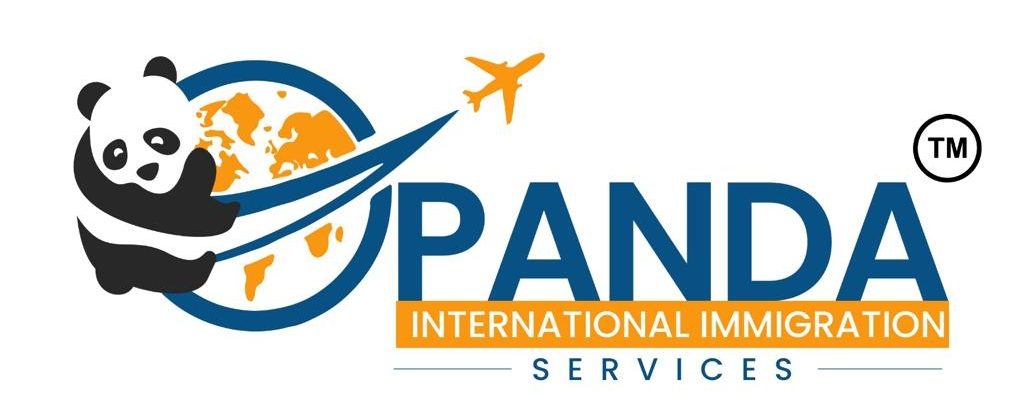The number of student visa holders arriving in Australia plumeted by 25% – from 278,000 in 2022/23 to 207,000 in 2023/24, according to data released by the Australian Bureau of Statistics.
This follows a number of reforms to Australia’s international education system, including increased English-language proficiency and financial requirements and the Genuine Student Test, brought in to clamp down on applicants whose primary intention is to work rather than study.
Despite the drop, international students are the largest group of migrant arrivals, the international migration statistics show.
The figures show that overall net overseas migration in 2023/24 stood at 446,000, a decrease from 536,000 the previous year. Migrant arrivals fell by 10% compared to 2022/23, while migrant departures rose by 8%.
“This change in net overseas migration is led by a decrease in migrant arrivals, largely temporary visa holders, while departures increased during the same period,” said Jenny Dobak, ABS head of migration statistics.
“It follows a period of multiple record increases in net overseas migration consistent with a catchup in arrivals following almost two years of border restrictions during the Covid-19 pandemic.”
International students accounted for 39.5% of Australia’s net overseas migration – representing their lowest proportion (outside the pandemic slowdown of 2019/20) since 2016/17.
We are seeing some temporary visa holders starting to leave, after having arrived as part of the large rise in arrivals seen after borders reopened
Jenny Dobak, Australian Bureau of Statistics
“We are seeing some temporary visa holders starting to leave, after having arrived as part of the large rise in arrivals seen after borders reopened. For example, migrant departures on temporary student visas doubled in 2023/24 compared to the year before,” said Dobak.
For Troy Williams, chief executive of the Independent Tertiary Education Council Australia, the latest migration figures are a powerful tool in defending the skills training sector, which has faced increasing criticism in recent rhetoric.
These figures highlight that international higher education students – not skills training students – are the largest contributors to net overseas migration, offering a possible counterpoint to the narrative surrounding the sector.
Government rhetoric has previously attributed the growth in onshore international students to those undertaking skills training courses rather than higher education courses.
Overall, students contributed 206,770 arrivals in 2023-24, with 71.3% being higher education students and 9.3% skills training students, Williams highlighted. Student departures totalled 30,540, of which 56.5% were higher education students and 24.8% were in skills training.
In terms of net student contribution to migration, higher education students accounted for 73.9% (130,250), skills training students accounted for 7% (12,260) and other student cohorts accounted for 19.1% (33,720), noted Williams.
“Recent commentary from Australian government ministers has suggested that the growth in international student numbers is primarily driven by overseas skills training students coming to Australia. However, the government’s own data shows this to be an inaccurate representation of the facts,” he said.
“This reality should put to rest the ongoing narrative that unfairly targets skills training students.”
ITECA’s intention is not to direct criticism at overseas higher education students, who make an important contribution to Australia’s education sector and broader economy, noted Williams. Rather, it seeks to encourage “a more measured and balanced discussion about international education and migration”.
“A more thoughtful approach is needed, one that considers the distinct roles of skills training and higher education within Australia’s broader migration strategy. These sectors each play a valuable part in Australia’s economic and social fabric,” he said.
Despite the ESOS Amendment Bill, which looks to cap international enrolments, being blocked by the Coalition and the Greens, stakeholders have noted that the government have not yet chosen to resile from its 270,000 target for new overseas students in 2025.
The sector is currently awaiting details on what changes to contentious visa processing directive Ministerial Direction 107 will mean for international enrolments.
The post Australia’s overseas migration figures revealed appeared first on The PIE News.

